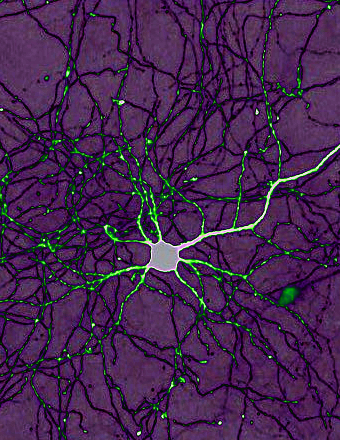Computer learns to move like mammals
 Scientists have built a computer system modelled on the human brain, which learned to navigate like a mammal.
Scientists have built a computer system modelled on the human brain, which learned to navigate like a mammal.
Neural networks — computer systems that are modelled on the human brain — are capable of many impressive feats, such as object recognition, but they struggle when it comes to navigation.
In the human brain, navigational skills are underpinned by specialised neurons called ‘grid cells’, which fire in a regular pattern across space to help animals keep track of their position.
Researchers using the Deepmind supercomputer in the UK have developed a neural network that was not designed to include grid-like cells.
However, when an artificial agent was trained to navigate unfamiliar virtual environments, a digital version of grid cells emerged.
As the agent tried to find its way from A to B in a maze, it became so competent that it started to take short cuts, just as a mammal would, until it was able to outperform a human expert who attempted the same task.
Grid-like cells underpinned the agent’s notable capabilities, demonstrating that their role goes beyond providing a GPS-like position signal to planning direct routes between places.
Although grid cells have been the subject of extensive research, with their discovery leading to the award of the Nobel Prize for Physiology or Medicine in 2014, their computational functions have been difficult to fathom.
The researchers say their latest study helps to explain just how grid cells manage to encode spatial information, and offers support to the idea that grid cells play a vital role in vector-based navigation.
The study has been published here.








 Print
Print